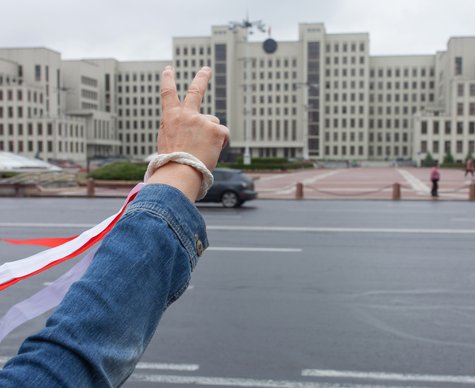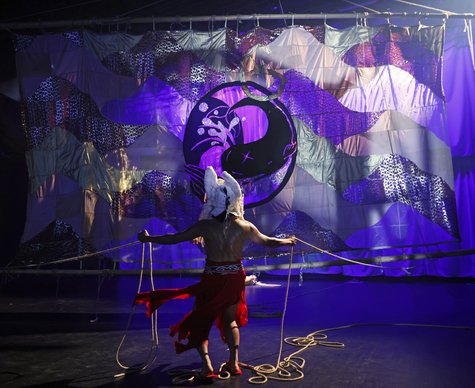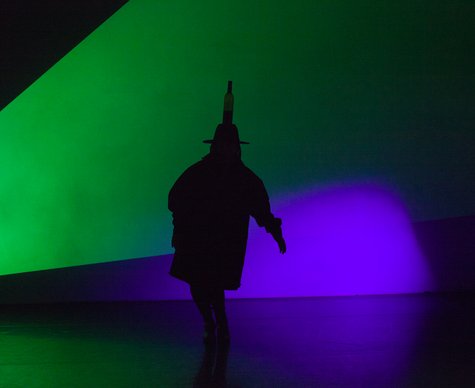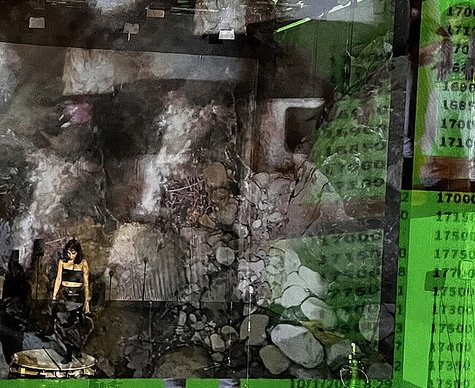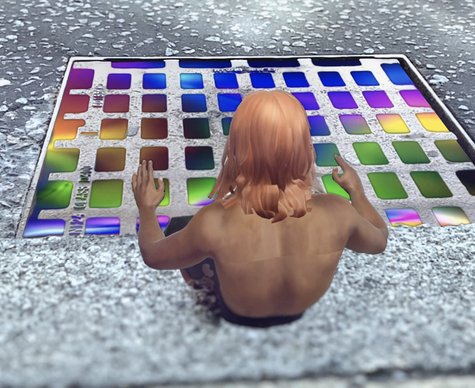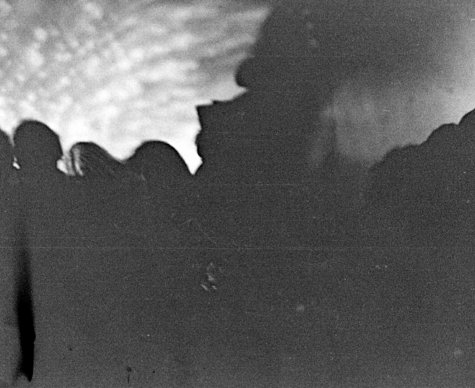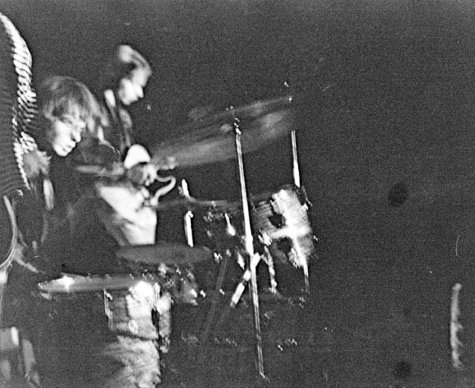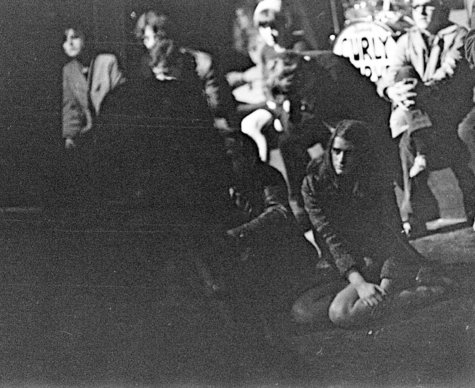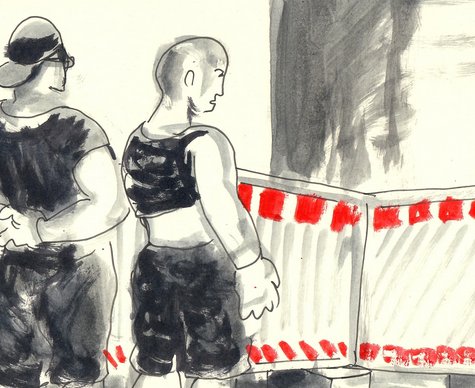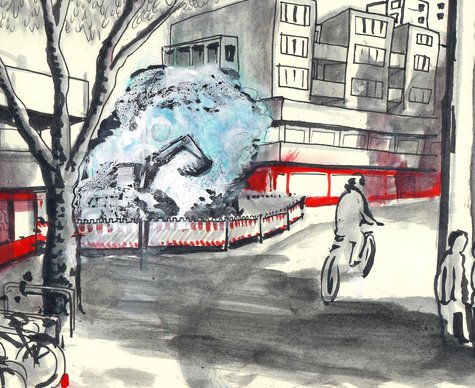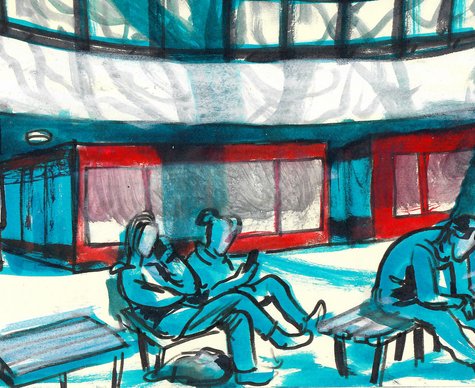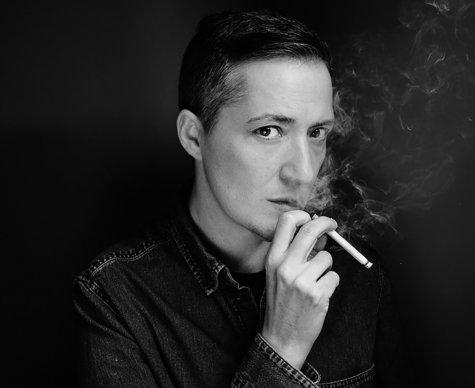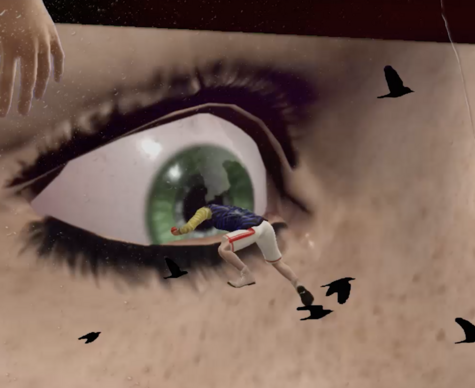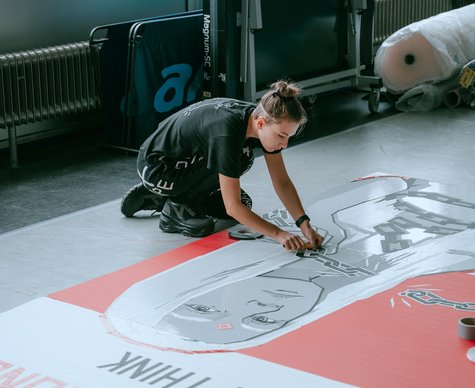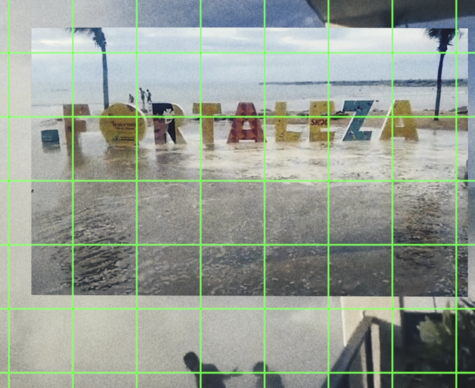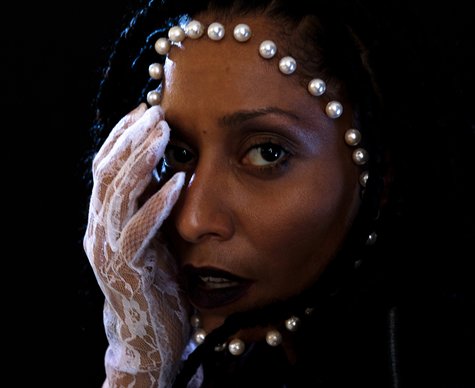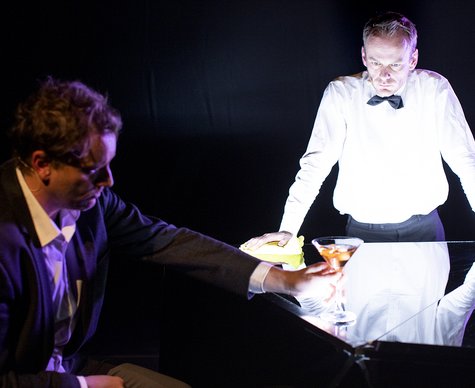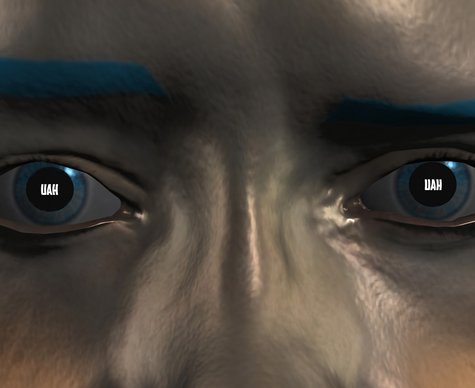Staging, choreography, set design, costume design, soundtrack: Trajal Harrell / With: Frances Chiaverini, New Kyd, Perle Palombe, Trajal Harrell, Songhay Toldon, Ondrej Vidlar / Lighting: Sylvain Rausa / Sound design: Trajal Harrell, Santiago Latorre / Rehearsal directors: Stephen Thompson, Vânia Doutel Vaz / Dramaturgy: Katinka Deecke / Produktionsassistenz: Camille Charlotte Roduit / Technical team: Susanne Affolter, Ulrich Kellermann, Liv Senn / Touring & International relations: Björn Pätz
Trajal Harrell / Zürich Dance Ensemble
Tambourines
Inspired by the novel “The Scarlet Letter” by Nathaniel Hawthrone
- Dance
Trajal Harrell's “Tambourines” is a rousing dance performance about shame, resistance and change. Inspired by the novel “The Scarlet Letter” by Nathaniel Hawthorne, the choreography shows how Hester Prynne is punished for her independence in the 17th century – but what if the story had unfolded differently? In a maelstrom of love, jealousy and revenge, the dancers celebrate the power of change together with the audience.
“If further proof had been needed, ‘Tambourines’ provided it, proof that sensitive, contemporary dance can be the most dazzling expression of the present with a deep effect on the nervous system. Harrell's touching, musical, intellectual, aesthetically simply ravishing dance works are among the most beautiful to be seen on European stages in recent years,” reports Wiebke Hüster after the premiere of “Tambourines” at Centre Pompidou at the Paris Festival d’automne (FAZ, 28.11.2023).
Trajal Harrell's latest work “Tambourines” is another masterpiece of his literary-inspired choreographies, of which ‘The Romeo’ was last seen at Tanz im August: A young woman has a child, and everyone is wondering who the father is. But Hester Prynne refuses to reveal who it is. In 17th-century America, this kind of stubbornness cannot go unpunished, so Hester is forced to wear a scarlet red “A” on her chest at all times.
Back when the author Nathaniel Hawthorne wrote the novel “The Scarlet Letter,” there was no designation for women who had a free approach to their bodies and sexuality, and even less support. In their honour, choreographer and dancer Trajal Harrell takes an imaginative look back: What could have happened in those colonial times, when European settlers occupied foreign territory and subjected their women to arbitrary rules if a woman with an illegitimate child had actually been condemned to wear the scarlet “A”? From where would gloating and solidarity have been expected? Together with six dancers, Harrell, who was recently honoured with the Silver Lion at the Biennale Danza in Venice, creates a monument to a history full of remorse – and celebrates the possibility of changing the future with the audience. With their puritanical brown, floor-length dresses with large white collars, they create a choreographic maelstrom of love, jealousy and revenge from which it is impossible to escape.
Further press reviews
“Another reason to love Trajal Harrell!” The Guardian
“Harrell leads his ensemble through the fashion show as if he wanted to crown the defilee from ‘The Romeo’. Like Raimund Hoghe once did, he also draws lines from the philosophy of Butoh to Western culture. The result is above all: radiance.” tanz
Cast
By viewing the video you agree that your data will be transmitted to and that you have read the privacy policy .
Dates
Credits
Production: Schauspielhaus Zürich, Schauspielhaus Zürich Dance Ensemble. Co-production : Festival d'Automne à Paris, Les Spectacles Vivants – Centre Pompidou Paris. Supported by: Müller-Möhl Foundation & Trajal Harrell Schauspielhaus Zürich Dance Ensemble Fan Club. Guest performance supported by: Pro Helvetia – Schweizer Kulturstiftung.

Location
HAU1
Stresemannstr. 29, 10963 BerlinThere are two marked parking spots in front of the building. Access to the Parkett by means of a separate entrance with lift when necessary. Barrier-free restroom facilities are available. Tickets for wheelchair users and accompanying persons can be booked via the ticketing system. If you need any help, please contact our Ticketing & Service team at +49 (0)30 259004-27 or send us an email at
tickets@hebbel-am-ufer.de.






















